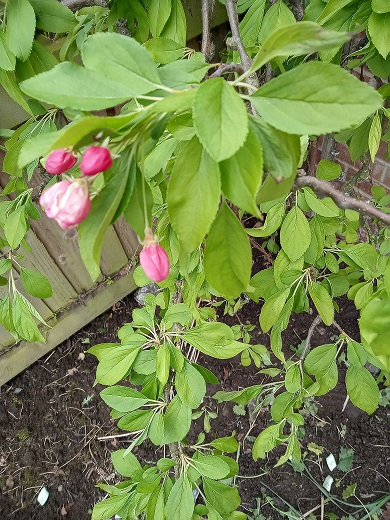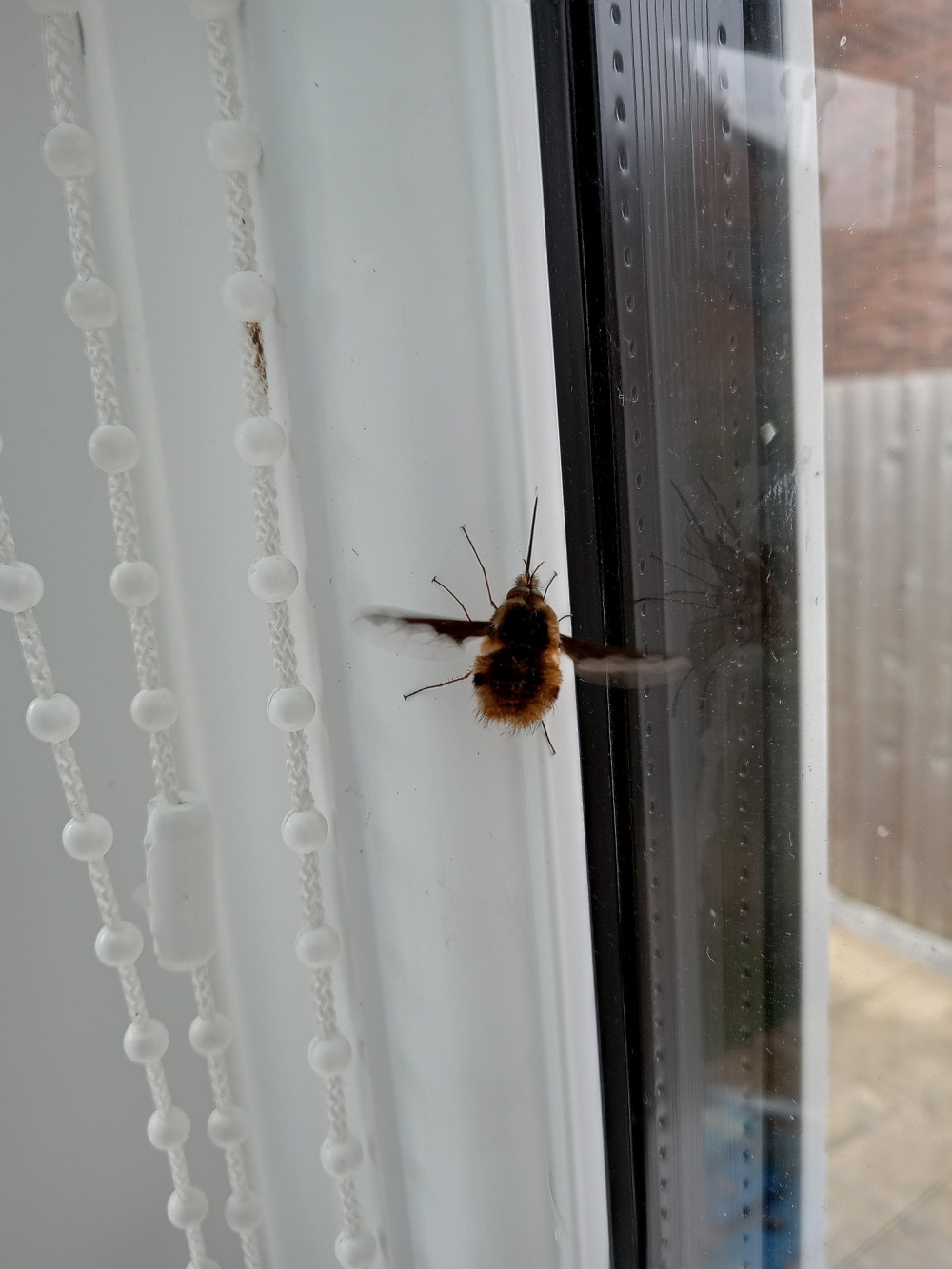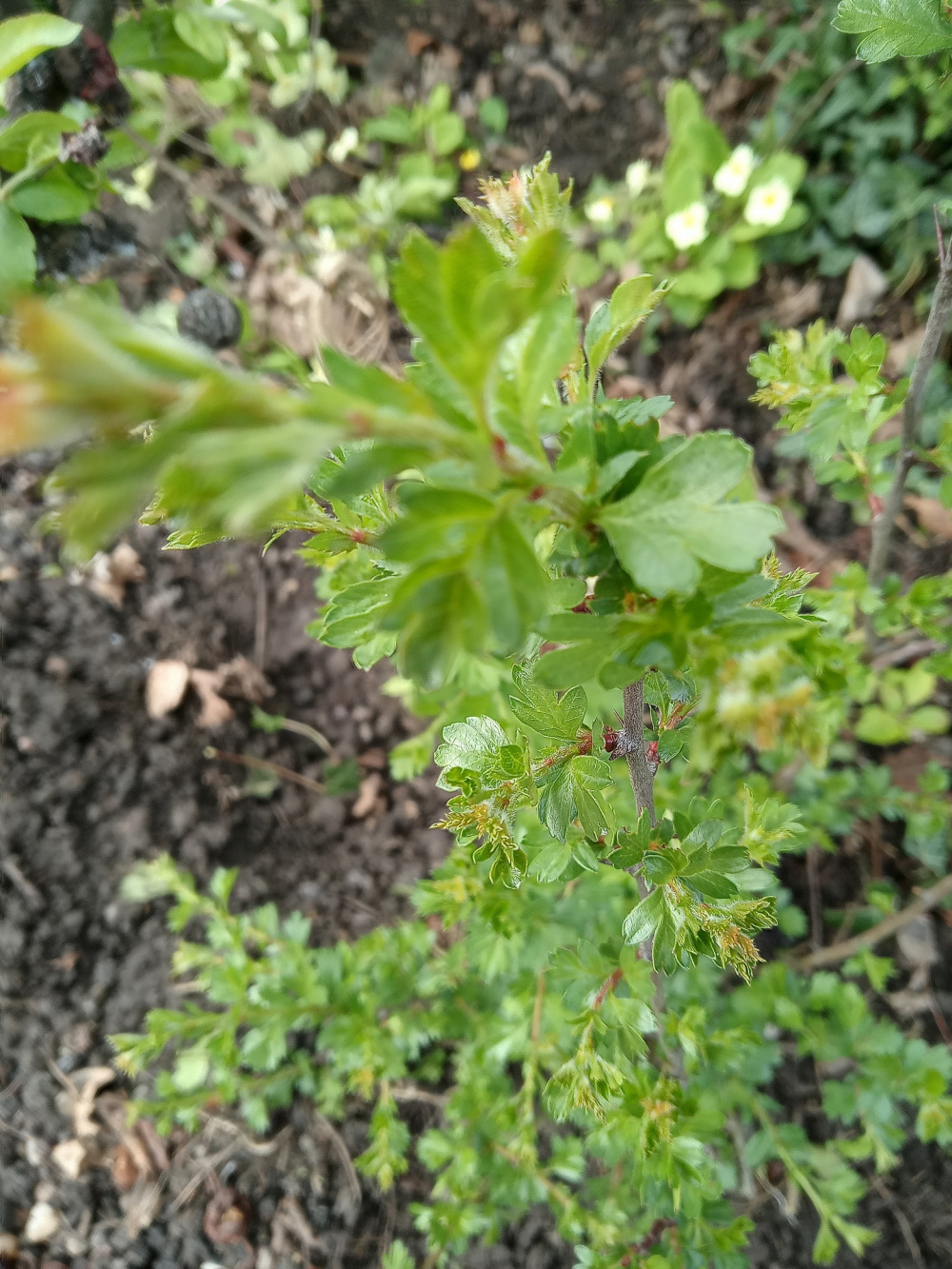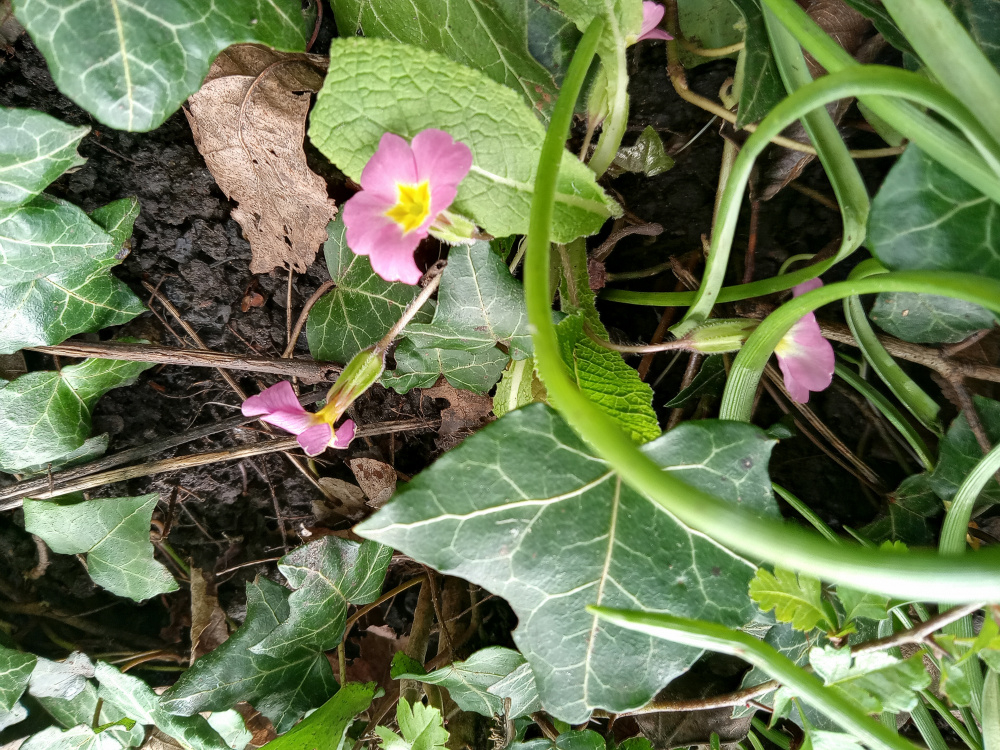This Forum will close on Wednesday 27 March, 2024. Please refer to the announcement on the Discussions page for further detail.
is this hawthorn, strange fly, crab apple, pink primrose new garden
I've just moved house, so a new garden! less work, but of course some things I'm not sure of identity and also a strange fly! There is what appears to be the same plant in mine and my daughter's new house. they look like crab apples. Mine is a bout 20ft tall and the one in my daughter's is about 5 feet.
This is a pink primrose, not a primula. Are they common?
There are three small shrubs in the garden which look to have hawthorn leaves, but maybe also gooseberry leaves. /they are prickly. Are they worth keeping, would they stay as a small shrub?
The fly has a very long proboscis, so maybe it is a specialist in deeper , tubular flowers. It's a bit scary looking!






This is a pink primrose, not a primula. Are they common?
There are three small shrubs in the garden which look to have hawthorn leaves, but maybe also gooseberry leaves. /they are prickly. Are they worth keeping, would they stay as a small shrub?
The fly has a very long proboscis, so maybe it is a specialist in deeper , tubular flowers. It's a bit scary looking!






0
Posts
Maybe your daughters is just a baby tree.
Impossible to tell just from the blossom if it is an eating apple or a tiny crab apple.
2. Bombylius major ...common name Large Bee Fly. Harmless.
3. Probably Ribes uva crispa...common name Gooseberry.
Up to you.
Do you like Gooseberries.
Will grow to be a decent size but can be pruned.
4. Primula vulgaris pink...very common.
https://www.google.com/search?q=primula+vulgaris+pink&tbm=isch&ved=2ahUKEwjthvvam7r-AhXZnCcCHSTzDxEQ2-cCegQIABAA&oq=primula+vulgaris+pink&gs_lcp=CgNpbWcQARgAMgUIABCABDoHCAAQigUQQzoGCAAQBxAeOgoIABCKBRCxAxBDOgQIABAeOgYIABAIEB46BwgAEBgQgARQnAhY8ihg7zZoAHAAeACAAZ8BiAHgCZIBAzQuN5gBAKABAaoBC2d3cy13aXotaW1nwAEB&sclient=img&ei=thtCZO3TI9m5nsEPpOa_iAE&bih=595&biw=1280&client=firefox-b-d
If the bee fly gets stuck inside the house, just try and guide it back outdoors
I live in west central Scotland - not where that photo is...
Luckily to humans they are harmless as they do not sting or bite.
"Shutterstock.com
The gruesome parasitic nature of a young bee-fly
While adult bee-flies are adorable, a young bee-fly isn't quite as endearing. The larva is a parasitoid, meaning it is a parasite that will end up killing its host.
Many bee-fly species are parasites of bees and wasps, but there are some that target beetles, grasshoppers, ants, moths or caterpillars.
Dr Erica McAlister, Senior Curator of Diptera at the Museum, explains how a dark-edged bee-fly lays her eggs in a solitary bee's nest and the unfortunate fate of the bee larvae when her eggs hatch:
'First the female moves her abdomen in a twerking motion to scoop up sand and gravel to coat the eggs. The sand protects and camouflages the eggs while also giving them extra weight.
'She then flies over to the solitary bee's nest and flicks out the eggs, hoping they will hatch near or in the nest.'
The dark-edged bee-fly's ovipositor (egg-laying tube) has a spine that allows her to flick her eggs, adds Erica.
'This helps her do something called bombing, where she fires off a row of eggs. She is essentially carpet-bombing her eggs, which she has to do while the bee is away from its nest"
Really enjoyed reading that...Dr Erica McAlister is a real giggle, her talks are a must see if you like all things flies
I've never come across vulgaris primrose in anything other than yellow.